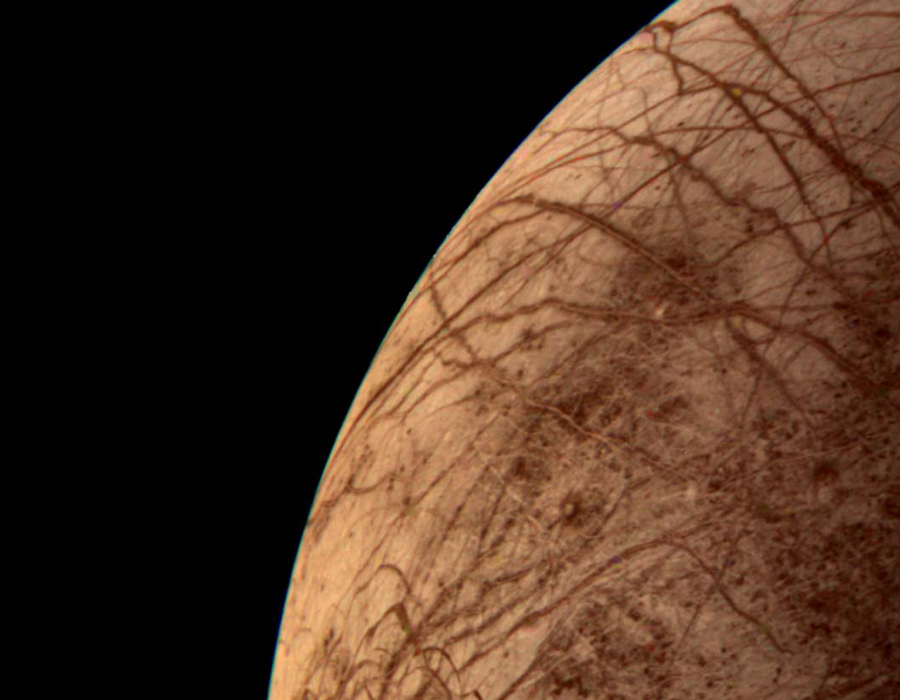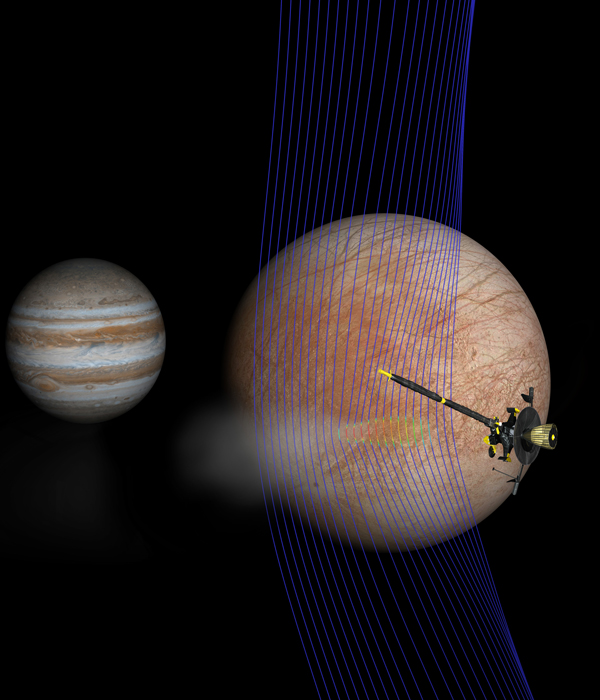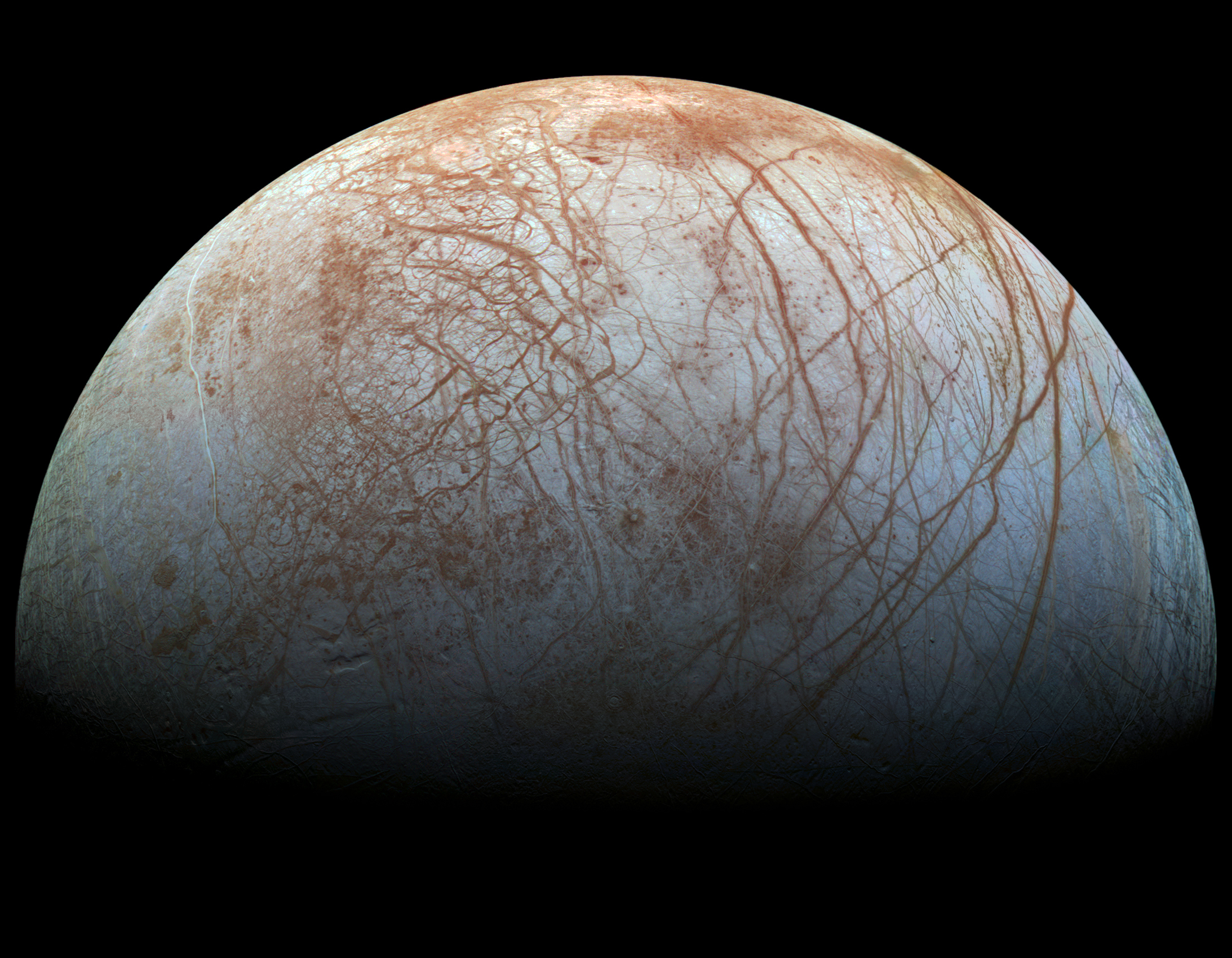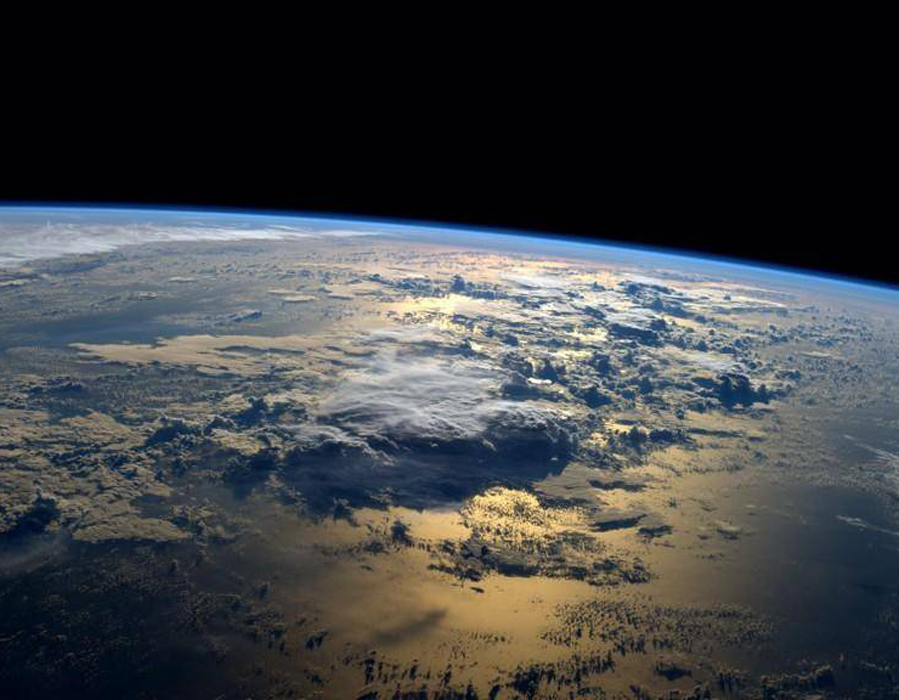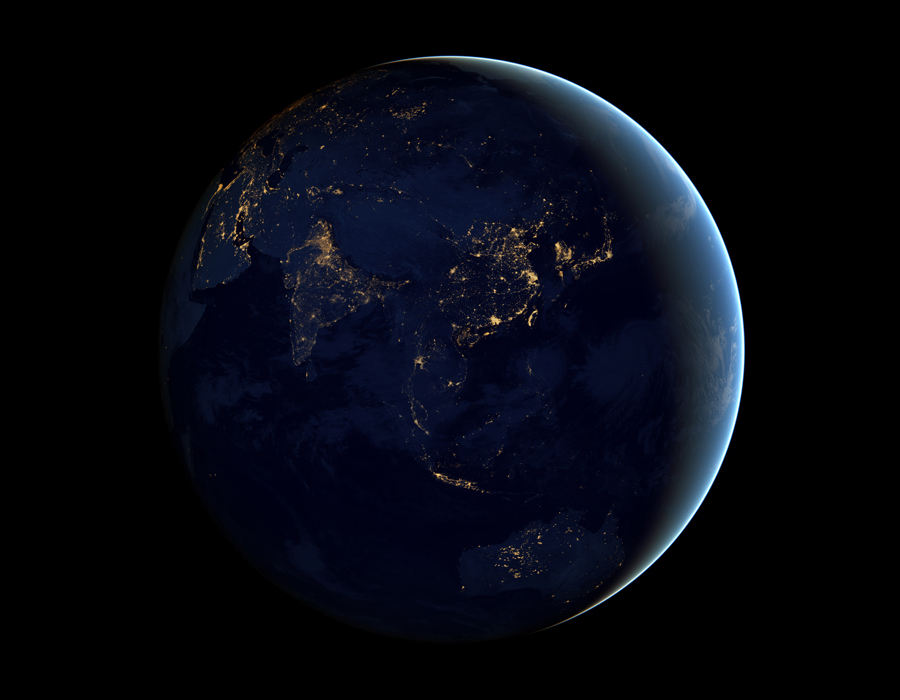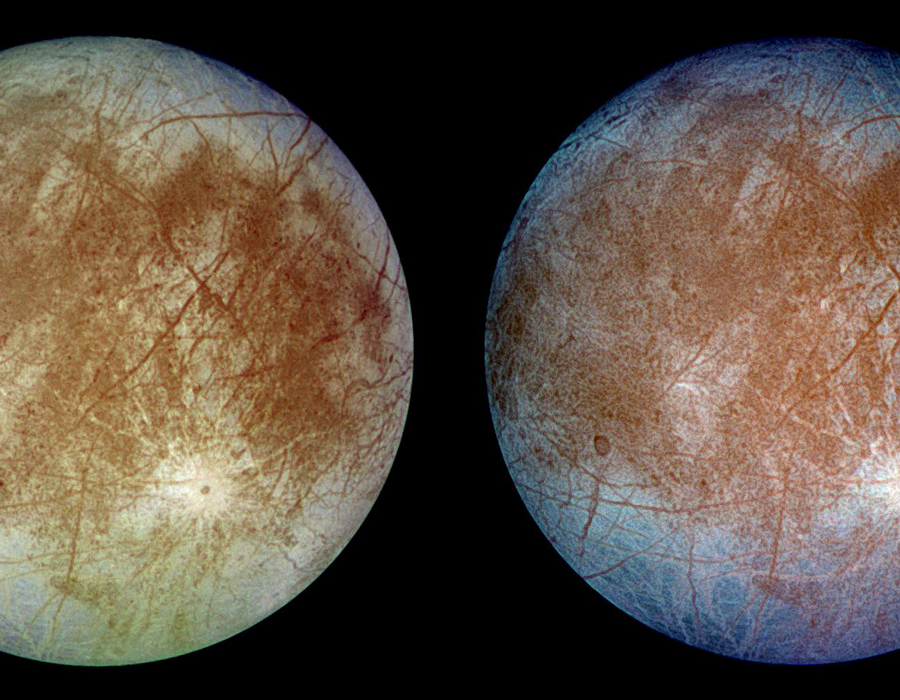1
1.
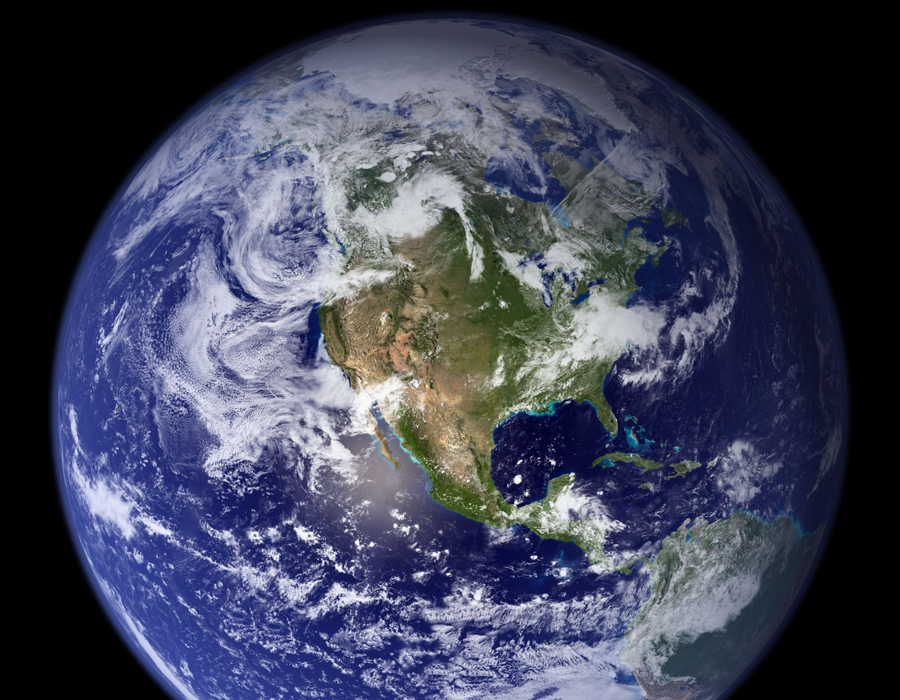
This “blue marble” image is the most detailed true-color image of the Earth to date.
The core of this ocean world is iron.

This “blue marble” image is the most detailed true-color image of the Earth to date.
Like our planet, Europa is believed to have an iron core.


